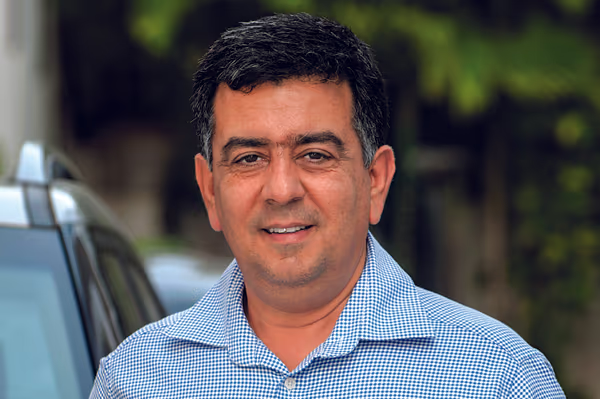Natarajan Chandrasekaran, under whose leadership Tata Motors became India’s third-largest carmaker, had challenged the company to produce an electric vehicle within a year. That was soon after he took over as the chairman of its holding company, Tata Sons, and at a time when the automaker’s Indian operations were bleeding and facing market challenges.
“I called Guenter [Butschek – the former managing director of Tata Motors] and then said we have to build an electric car,” Chandrasekaran revealed in an exclusive interview with Autocar India.
This was a bold move in a market where only a few hundred EVs were sold, and most of them were for commercial purposes.
“He [Butschek] said it would take four years. I said you may think I am a fool, or I have no idea, but I said I need it less than a year. He said it doesn’t happen in the auto industry. I said that is what we have to challenge,” recalled Chandrasekaran.
In a short time, Tata Motors entrusted the current MD, Shailesh Chandra, to work with the chairman to execute the project.
It was good timing as the Government of India’s EESL opened a tender for 10,000 electric vehicles. Mahindra & Mahindra was seen as a clear potential winner, given the SUV specialist’s sustained endeavour with the Verito EV leading up to the project.
Chandrasekaran said Tata Motors formed a team of about 50 people, with a “One Tata” approach and key executives from all the Tata companies—Tata Power, TCS, Tata Elxsi, Tata Technologies, Tata AutoComp Systems and Tata Motors.
The chairman recollected how quickly the decision was taken. “Shailesh was given the charge. Then they shifted to Sanand and worked as one team, round the clock, to create the first. So, my ask was, don’t worry about building a super-duper car. First, build it on [the] ICE platform, create something, and then we will see where to go from there.”
Against all odds, Tata Motors pipped Mahindra to win the tender, marking a memorable start to the electrification journey. While the project had some product issues, the EESL tender gave Tata Motors confidence to accelerate the Nexon EV project. To be sure, Tata Motors had worked on numerous R&D projects in the past, converting the Bolt and Nano small cars into electric vehicles – the endeavours that didn’t get into consumers’ hands but helped Tata Motors build expertise in the EV space.
Tata Motors’ leap into the EV market has also been driven by the chairman’s personal belief. He is of the opinion that the world must change, and we cannot be emitting so much carbon. “Something needed to be done, and the destination place for passenger cars is electric vehicles,” Chandrasekaran said.
The chairman of the salt-to-software conglomerate also sees sustainability as a big theme the world over and a critical pillar for the future. He said, “If we have to do anything in India, electric vehicles should be prioritised because we have the maximum number of polluted cities worldwide. 14 out of 20 are in India. So, if we have to solve this problem, in all our companies, we have to pivot.”
Sustainability has become a focus area for other Tata Group companies, too. “We also decided that in Tata Power, we would not put capex in coal. All our capex will go into renewables.”
With inputs from KETAN THAKKAR
Also See:
Exclusive! JLR, Tata Motors to jointly make and export EVs from India


